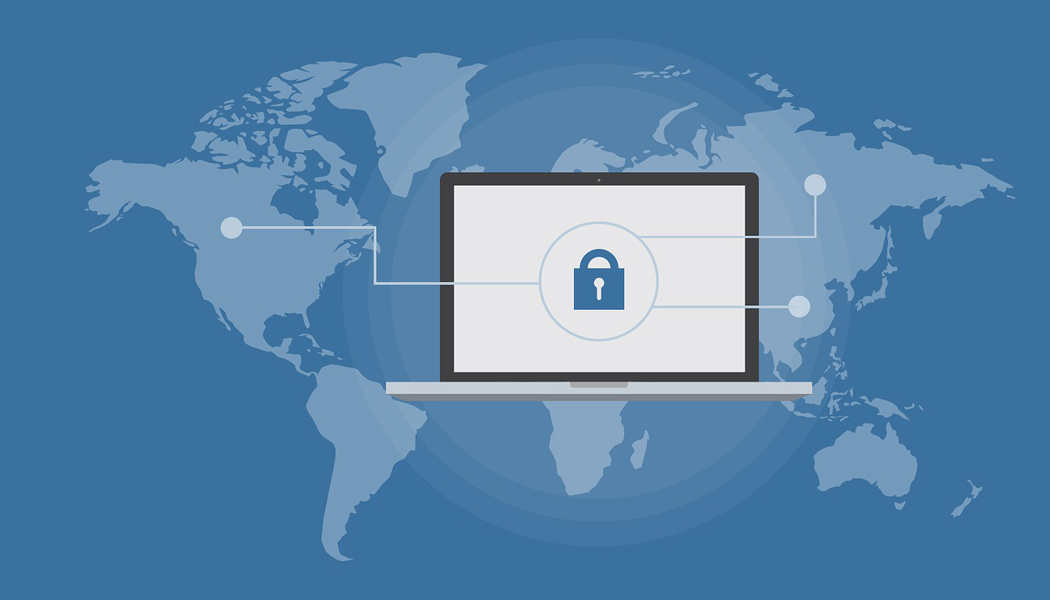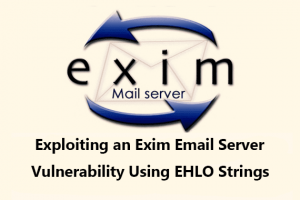Domain Name System Security Extensions, or DNSSEC, is an important security protocol that prevents internet users from being redirected to fraudulent websites and unintended addresses. Simple enough but understanding how it works calls for an overview of the DNS security and a little history lesson.
DNSSEC works by digitally signing the DNS records at the authoritative DNS server with public-key cryptography. A number of new resource records have been introduced for this purpose: Resource Record Signature (RRSIG) DNS Public Key (DNSKEY)
The DNS Security Extensions (DNSSEC)
Engineers in the Internet Engineering Task Force (IETF), the organization responsible for the DNS protocol standards, long realized the lack of stronger authentication in DNS was a problem. Work on a solution began in the 1990s and the result was the DNSSEC Security Extensions (DNSSEC).
DNSSEC strengthens authentication in DNS using digital signatures based on public key cryptography. With DNSSEC, it’s not DNS queries and responses themselves that are cryptographically signed, but rather DNS data itself is signed by the owner of the data.
Every DNS zone has a public/private key pair. The zone owner uses the zone’s private key to sign DNS data in the zone and generate digital signatures over that data. As the name “private key” implies, this key material is kept secret by the zone owner. The zone’s public key, however, is published in the zone itself for anyone to retrieve. Any recursive resolver that looks up data in the zone also retrieves the zone’s public key, which it uses to validate the authenticity of the DNS data. The resolver confirms that the digital signature over the DNS data it retrieved is valid. If so, the DNS data is legitimate and is returned to the user. If the signature does not validate, the resolver assumes an attack, discards the data, and returns an error to the user.
DNSSEC adds two important features to the DNS protocol:
- Data origin authentication allows a resolver to cryptographically verify that the data it received actually came from the zone where it believes the data originated.
- Data integrity protection allows the resolver to know that the data hasn’t been modified in transit since it was originally signed by the zone owner with the zone’s private key.
Trusting DNSSEC keys
Every zone publishes its public key, which a recursive resolver retrieves to validate data in the zone. But how can a resolver ensure that a zone’s public key itself is authentic? A zone’s public key is signed, just like the other data in the zone. However, the public key is not signed by the zone’s private key, but by the parent zone’s private key. For example, the icann.org zone’s public key is signed by the org zone. Just as a DNS zone’s parent is responsible for publishing a child zone’s list of authoritative name servers, a zone’s parent is also responsible for vouching for the authenticity of its child zone’s public key. Every zone’s public key is signed by its parent zone, except for the root zone: it has no parent to sign its key.
The root zone’s public key is therefore an important starting point for validating DNS data. If a resolver trusts the root zone’s public key, it can trust the public keys of top-level zones signed by the root’s private key, such as the public key for the org zone. And because the resolver can trust the public key for the org zone, it can trust public keys that have been signed by their respective private key, such as the public key for icann.org. (In actual practice, the parent zone doesn’t sign the child zone’s key directly–the actual mechanism is more complicated–but the effect is the same as if the parent had signed the child’s key.)
The sequence of cryptographic keys signing other cryptographic keys is called a chain of trust. The public key at the beginning of a chain of trust is a called a trust anchor. A resolver has a list of trust anchors, which are public keys for different zones that the resolver trusts implicitly. Most resolvers are configured with just one trust anchor: the public key for the root zone. By trusting this key at the top of the DNS hierarchy, a resolve can build a chain of trust to any location in the DNS name space, as long as every zone in the path is signed.
Validating and Signing with DNSSEC
In order for the Internet to have widespread security, DNSSEC needs to be widely deployed. DNSSEC is not automatic: right now it needs to be specifically enabled by network operators at their recursive resolvers and also by domain name owners at their zone’s authoritative servers. The operators of resolvers and of authoritative servers have different incentives to turn on DNSSEC for their systems, but when they do, more users are assured of getting authenticated answers to their DNS queries. Quite simply, a user can have assurance that they are going to end up at their desired online destination.
Enabling DNSSEC validation in recursive resolvers is easy. In fact, it has been supported by nearly all common resolvers for many years. Turning it on involves changing just a few lines in the resolver’s configuration file. From that point forward, when a user asks the resolver for DNS information that comes from zones that are signed, and that data has been tampered with, the user will (purposely) get no data back. DNSSEC protects the user from getting bad data from a signed zone by detecting the attack and preventing the user from receiving the tampered data.
Signing zones with DNSSEC takes a few steps, but there are millions of zones that sign their DNS information so that users of validating resolvers can be assured of getting good data. Almost all common authoritative name server software supports signing zones, and many third-party DNS hosting providers also support DNSSEC. Usually, enabling DNSSEC for a zone with a hosting provider is quite easy: often it entails little more than clicking a check box.
For a zone owner to deploy DNSSEC by signing their zone’s data, that zone’s parent, and its parent, all the way to the root zone, also need to be signed for DNSSEC to be as effective as possible. A continuous chain of signed zones starting at the root zone allows a resolver to build a chain of trust from the root zone to validate data. For example, to effectively deploy DNSSEC in the icann.org zone, the org zone needs to be signed as well as the root zone. Fortunately, the DNS root zone has been signed since 2010, and all gTLDs and many ccTLDs are also signed.
There is one more step to complete DNSSEC deployment in a zone: the newly signed zone’s public key material needs to be sent to the zone’s parent. As described earlier, the parent zone signs the child zone’s public key, and allows a chain of trust to be built from parent to child.
Today the zone owner usually needs to communicate the zone’s public key material to the parent manually. In most cases, that communication happens through the zone owner’s registrar. Just as a zone owner interacts with its registrar to make other changes to a zone, such as the list of the zone’s authoritative name servers, the zone owner also interacts with the registrar to update the zone’s public key material. While this process is currently manual, recently developed protocols are expected to allow this process to be automated in the future.
The next steps for DNSSEC
As DNSSEC deployment grows, the DNS can become a foundation for other protocols that require a way to store data securely. New protocols have been developed that rely on DNSSEC and thus only work in zones that are signed. For example, DNS-based Authentication of Named Entities (DANE) allows the publication of Transport Layer Security (TLS) keys in zones for applications such as mail transport. DANE provides a way to verify the authenticity of public keys that does not rely on certificate authorities. New ways of adding privacy to DNS queries will be able to use DANE in the future, as well.
In 2018, ICANN changed the trust anchor for the DNS root for the first time. Many lessons were learned about DNSSEC during that process. Furthermore, many resolver operators became more aware of DNSSEC and turned on validation, and the world got to more clearly see how the entire DNSSEC system worked. In the coming years, ICANN hopes to see greater adoption of DNSSEC, both by resolver operators and zone owners. This would mean that more users everywhere could benefit from DNSSEC’s strong cryptographic assurance that they are getting authentic DNS answers to their queries.






